One of the best ways to see a glimpse of the rich history of Davao, in the Philippines is by visiting the Davao Museum of History and Ethnography or simply known to many as the Davao Museum. It is one of the two public museums found the largest city on the island of Mindanao – the other one is Museo Dabawenyo which dubbed as the “New Museum” but slightly smaller than Davao Museum.
This “Old Museum” showcases the cultural heritage of Davao which roots from the large variety of tribes that populated the region – and even up to this day, people can still see them with their colorful costumes.
The Davao Museum is a project initiated and sponsored by the Zonta Club of Davao City, Inc in cooperation with the Filipinas Foundation, Inc. Their main vision is “to preserve the artworks and artifacts of the different ethnic groups in the Davao Provinces”. Their mission is “to inculcate pride in the historical heritage of Davaoeños, to preserve and promote the culture and the arts of Davao, to shape the cultural identity of indigenous people in particular, and Davaoeños in General”.
The Museum of Davao was inaugurated and blessed on August 3, 1977 with main benefactors Don Enrique Zobel de Ayala and Don Jaime Zobel de Ayala together with the Zonta Club members.
The Davao Museum also hosts regular photo exhibits. When we were there in August 2010, they presented “Babae, Babayi, Bayani: Filipino Women Redefining Heroism”. It was an awe-inspiring exhibit of different women who were distinguished by exceptional courage and nobility and strength.
In its 34th year, Davao Museum (located in Insular Village Phase I, Lanang, Davao City) will have an exhibit which will feature the history of the Chinese in the Philippines, particularly in Davao. Photos of the Long Hua Temple and Mindanao Taoist Temple in the city, which are two important Davao Chinese community landmarks, will be displayed in the exhibit.
The exhibit will open this June 2011 and I’m happy to say that some of my photos will be used during the said public display.
The Museum also caters to Lectures, Forums and Seminars inside one of their function halls. Last August 6 and 7, 2010, a lecture-forum on Youth & Heritage Conservation was held there. Guest speakers include Dir. Eric B. Zerrudo of the Metropolitan Museum of Manila and Prof. Lindzey A. Romero of the University of San Jose Recoletos.
The Davao Museum has a couple of floors that showcases the finest and rarest artifacts of Davao’s indigenous tribes and photographs of the city’s historic events and history of its pioneering families. The handicrafts, instruments and way of life of the various tribes including Mandaya, B’laan, Tiboli, Manobo, Mansaka and Bagobo tribes are displayed there.
Locals and foreign tourists alike continue to visit the museum and the exhibits grow gradually. In 2005 there was a renovation to strengthen the building and give more space to the forthcoming displays sold or donated by people or tribe members to the museum or city government. The renovation concluded in January 14, 2006 with the help of the Zonta Club Members, Carlos O. Dominguez, City Government, One Network Bank, Davao City Water District among many others.
Admission Rates
Adults – P100.00
Students – P20.00
Students must present their school ID to avail the student price. Don’t forget to ask for an official receipt.
Inside the Davao Museum
After you open the wooden-glass entrance door of the Museum, you will entertained by the lady in the information counter and you need to pay the admission. The front desk already showcases large images of the different needlework and crafts using beads. On the right side facing the front desk you will see a fossilized taklobo (giant clam) found in 2009 at Samal Island, where the luxurious Pearl Farm Beach Resort is located.
One of the things that will catch your eyes in the lower floor is the Davao Timeline. It is a chronology of historical events of the province. It commences from the Negrito, the earliest inhabitants of the Davao region and the earliest archaeological findings in 2700 BC, to the settlements of the various indigenous peoples, up to the present day. If you read this summary of the history of Davao, you will surely spend about 30-45 minutes of your time – but it’s worth it. Note that picture taking is not allowed on this area.
Another notable display in the lower floor of the Davao Museum is the contemporary replica of the typical Bagobo house made of indigenous materials such as bamboo and rattan. It includes a “tambara-na” Bagobo music. The interior of the hut also shows a weaving loom for the bae (women), and blacksmith area for the men in the rear portion of the hut. It also provides a separate sleeping quarters on a loft for the single women of the household for their safety and security. A snake in a house signifies valor of the head of the family.
Old pictures and writings, crafts mostly made of beads for accessories, indigenous hats, old ceramics, barbie dolls with tribal clothing are some of the other displays in the first floor.
Upstairs are the main exhibit of the Davao Museum. The first thing one will see in the second floor is the “Tabo”. It is a wooden carved drum used to announced “azan” or call to prayer in Mindanao Islamic Communities. It is hung horizontally on ropes or chains at the entrance of mosques. The drum head is beaten during “waktu” or prayer time.
In the Carlos O. Dominguez, Jr and Don Antonio O. Floirendo Galleries (Davao Exhibit of Shared Diversity), one will see jars made of clay and wood, betel nut containers made by the Maranao, T’Boli, Bagobo and Tagabawa tribes and weapons such as swords, spears and shields.
There are also life-size dummies that shows “Ginum”, a Bagobo thanksgiving festival that may last for one to four days. “Ginum” means to “to drink” or “drinking”. Indeed, the festival features “balaba” (wine) in jars placed in each corner of the long house of the datu, where the celebration takes place.
There are also mannequins of women with their tribal clothing while they were weaving. Today, weaving is one of the main sources of income of the tribes. A Mandaya legend says that: the good spirit Tagamaling taught a Mandaya women how to weave abaca fiber and make the designs. It took the woman three months to master the art of producing the textile “dagmay”. The Bagobo also has their own story about weaving. In the past, the art of weaving was a sacred activity. There were many taboos associated with it. The weaving area was a sacred ground where the spirits actively inspire and guide the weavers. It was off limits to the male members of the community. Violation of the taboo carried a stiff penalty.
Then there’s also the life-size dummies of “The Dance of Labi”. It is a healing ritual which means “superior” and that the spirit who is “more powerful” can cure a particular sickness. The healing ritual is done in a richly decorated place, usually imitating a wedding celebration. The ritual performers, a combination of male and female, dance to the sound of the “kulintang” and invite the spirits to possess them. The dancers show diverse movements depending on the spirits that have possessed them.
Upstairs the Davao Museum, one can also see brassware, bags, earrings, head cover, necklaces, burial jars, unique musical instruments and costumes. Noteworthy is the Spanish Galleon Replica, which also looks like the Galleon Andalucia which docked in Manila, Cebu and Bohol in October 2010.
How to get there
The Museum of Davao is located about 8 kilometers from the city center. It is along J.P. Laurel Avenue going north-east. Take a jeepney/taxi going to Insular Phase 1 or Lanang. If you’re on a jeepney, tell the driver to drop you off at the entrance gate or Jose Rafael Fine Coffee (near the entrance). In the guard house, tell the guard you’ll visit Davao Museum. Turn right on first corner then turn left on the next. Meters away you will see Davao Museum, a small building (which looks like a house) painted in white. Taxi from the City Center should cost about P150, jeepney fare is at P8.
If there’s a direct path from Davao International Airport to Davao Museum, it’ll only be 3 kilometers away. But since there’s none, you need to take the Pan-Philippine Highway (AH 26) going to Mamay Road then to J.P. Laurel Avenue which is about 7 kilometers. Taxi fare from the Airport going to Davao Museum is about P135.
Museum Hours
Davao Museum is open from Monday to Saturday at 9:00 am to 12:00 nn and 1:00 pm to 5:00 pm. It is closed during Sundays and Holidays.
Contact Information
For more information about Davao Museum of History and Ethnography, please contact Angely Chi (Researcher 2) at mobile number +63 908-547-0950 or landline +63 82 233-1734. Alternately you can contact them via email at davaomuseum@yahoo.com.
This page is last updated on
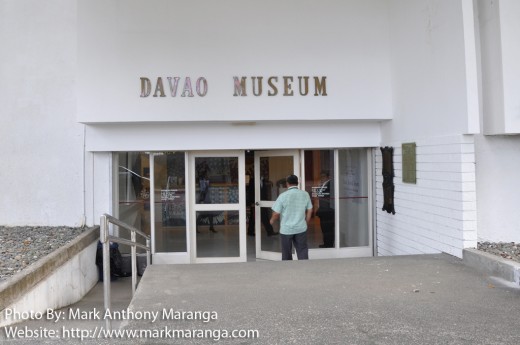
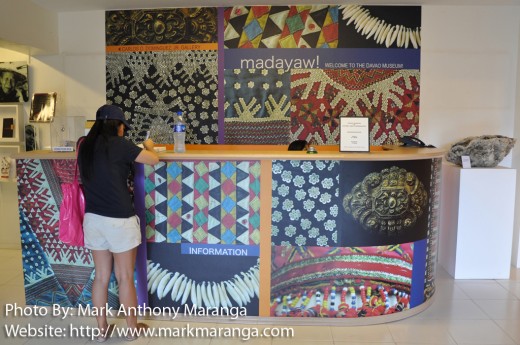
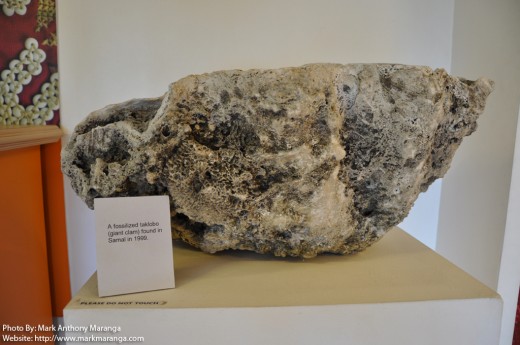
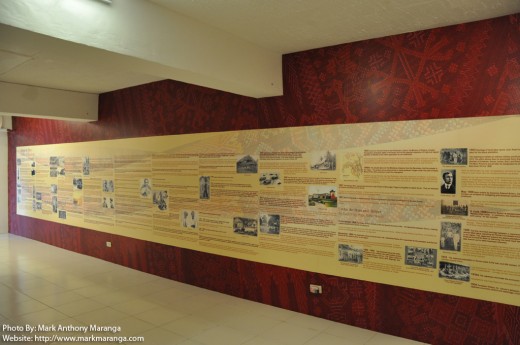
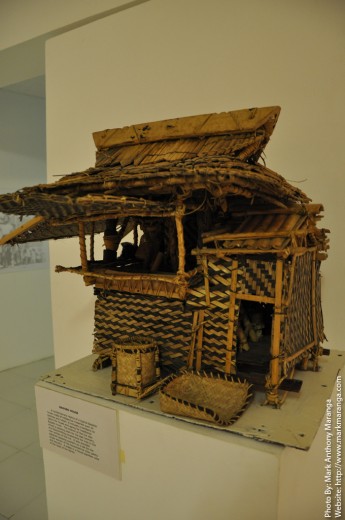
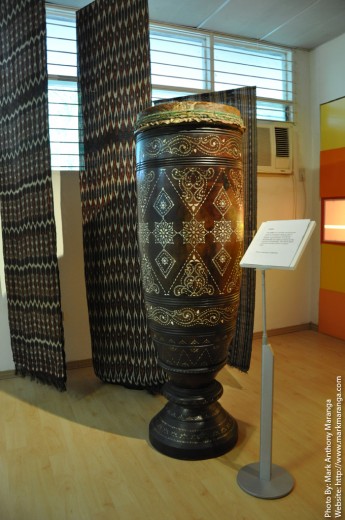
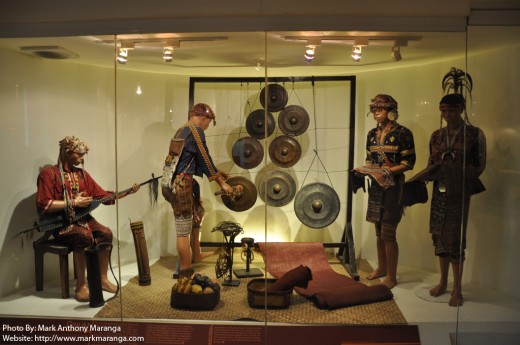
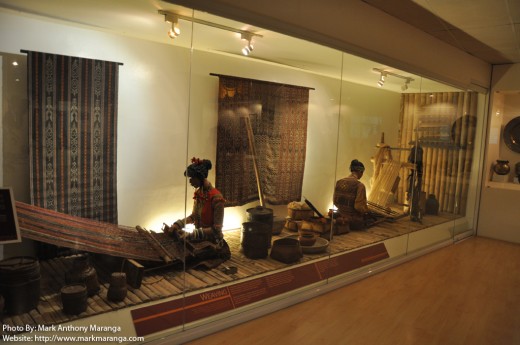
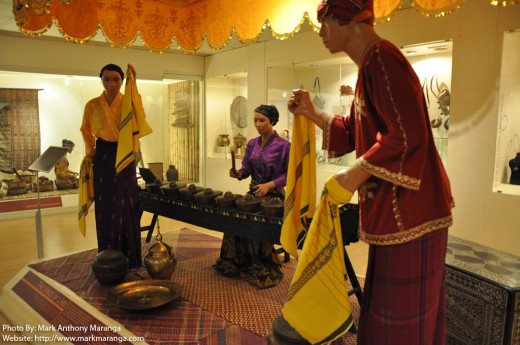
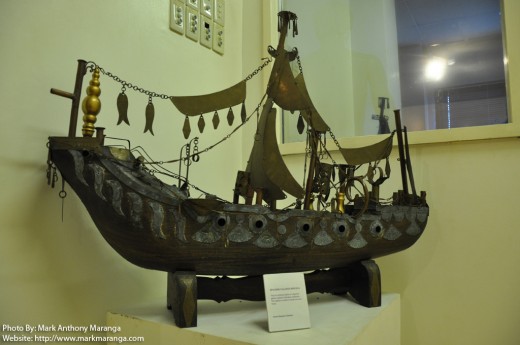
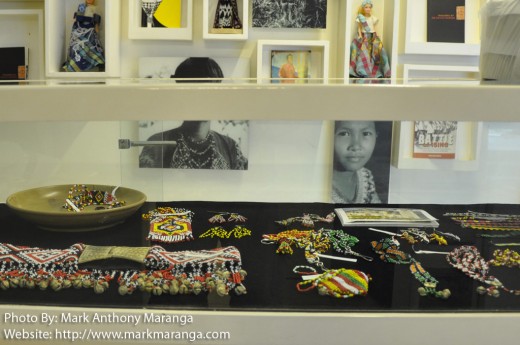
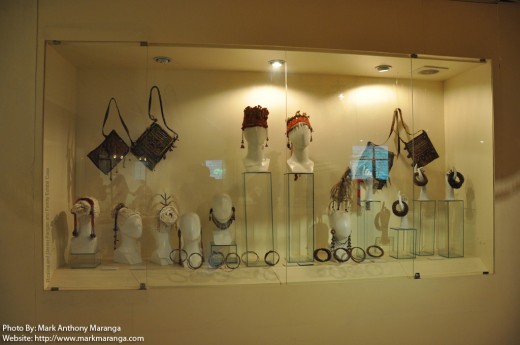
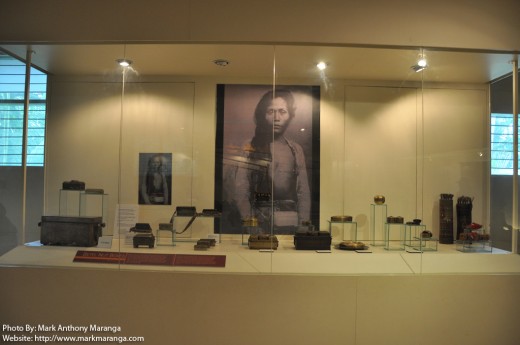
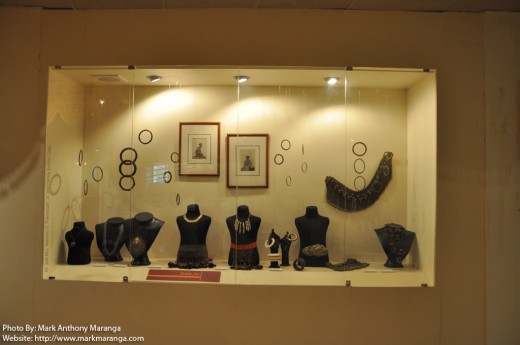
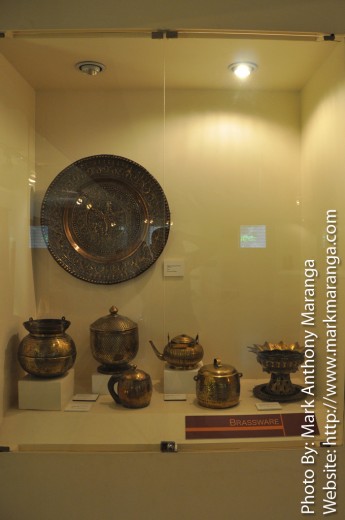
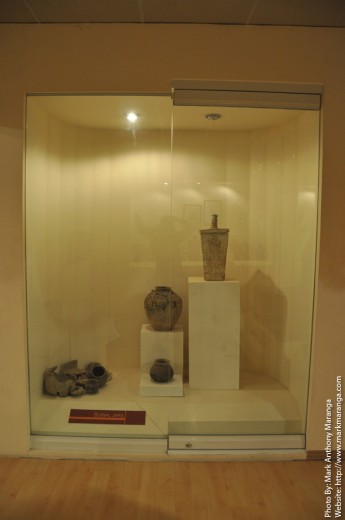
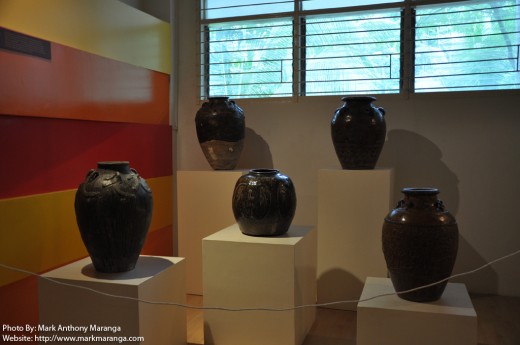
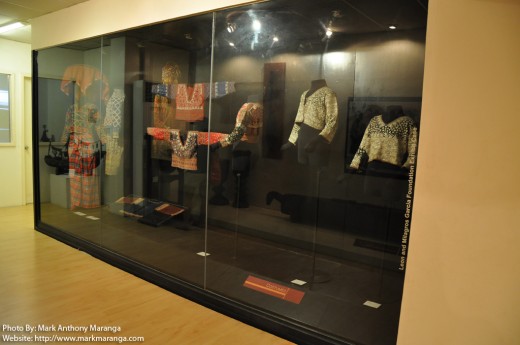
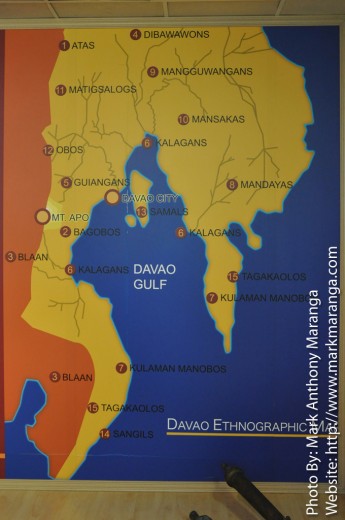
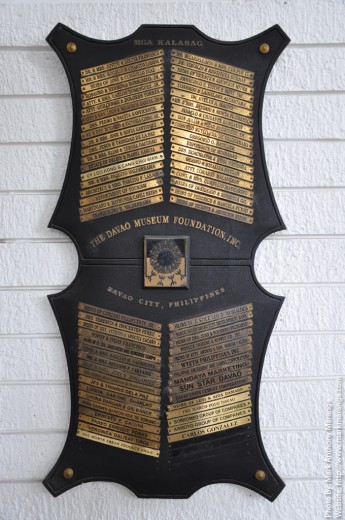
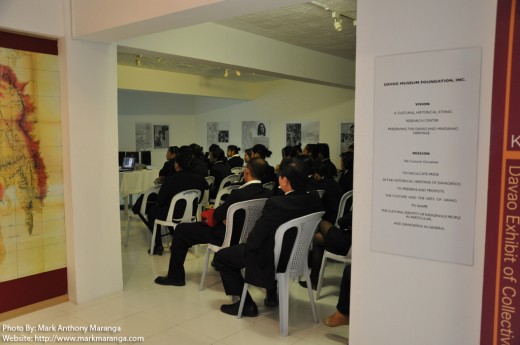
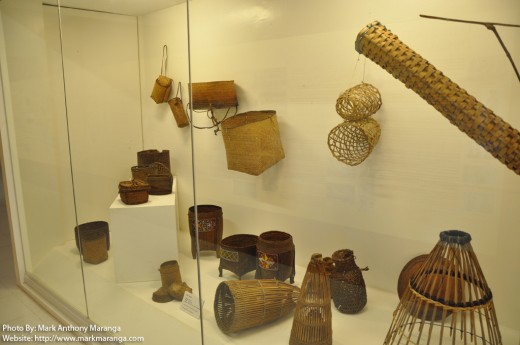
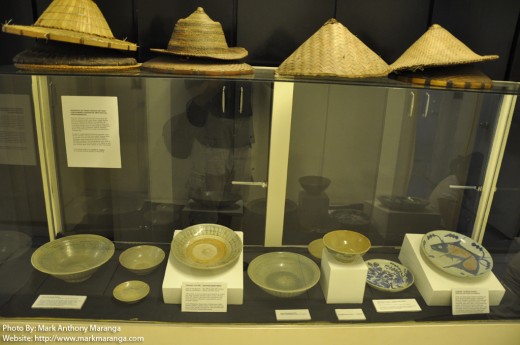
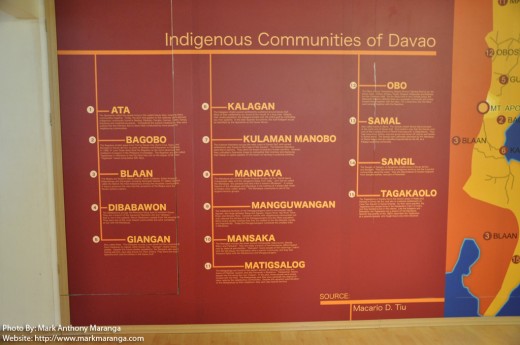
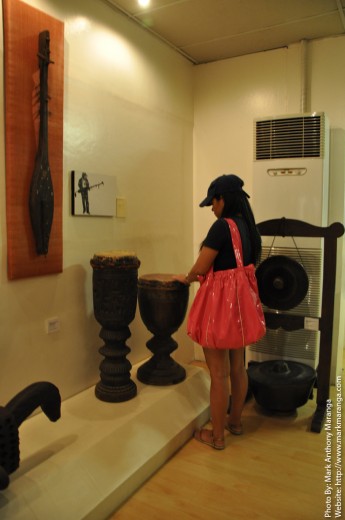
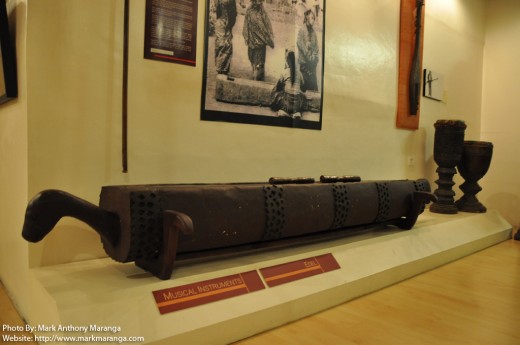
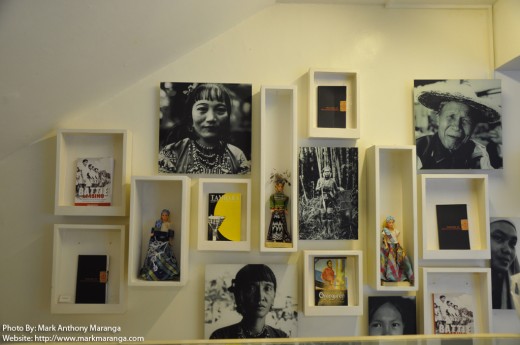
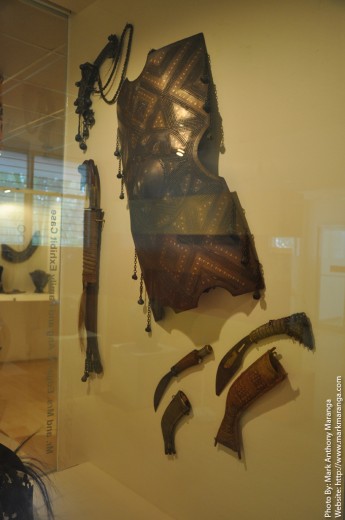
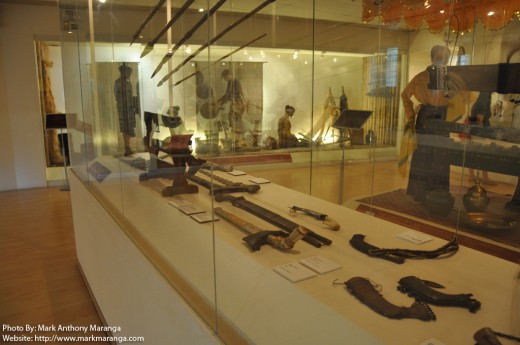












balaba wine is very interesting being indigenous and historically a cultural offering in olden IP group of Davao. The wine seems to be unknown outside Davao region. This must be reintroduced and introduced outside Davao.
Is balaba a Manobo wine? It is made of what? How is it produced?
Salamat.
Open ba during sundays?
Yes, I think so.
well such a nice place to be aside from metro manila i love davao now because of its finest historical landmark and its scenic view and tourist spot destination such a friendly nice warm welcome and discipline people and such a clean city and peaceful to be..love it keep it up davao ..ur part of my life
wow the pride of dabawenyos!!! “madayaw dabaw!!!!!”